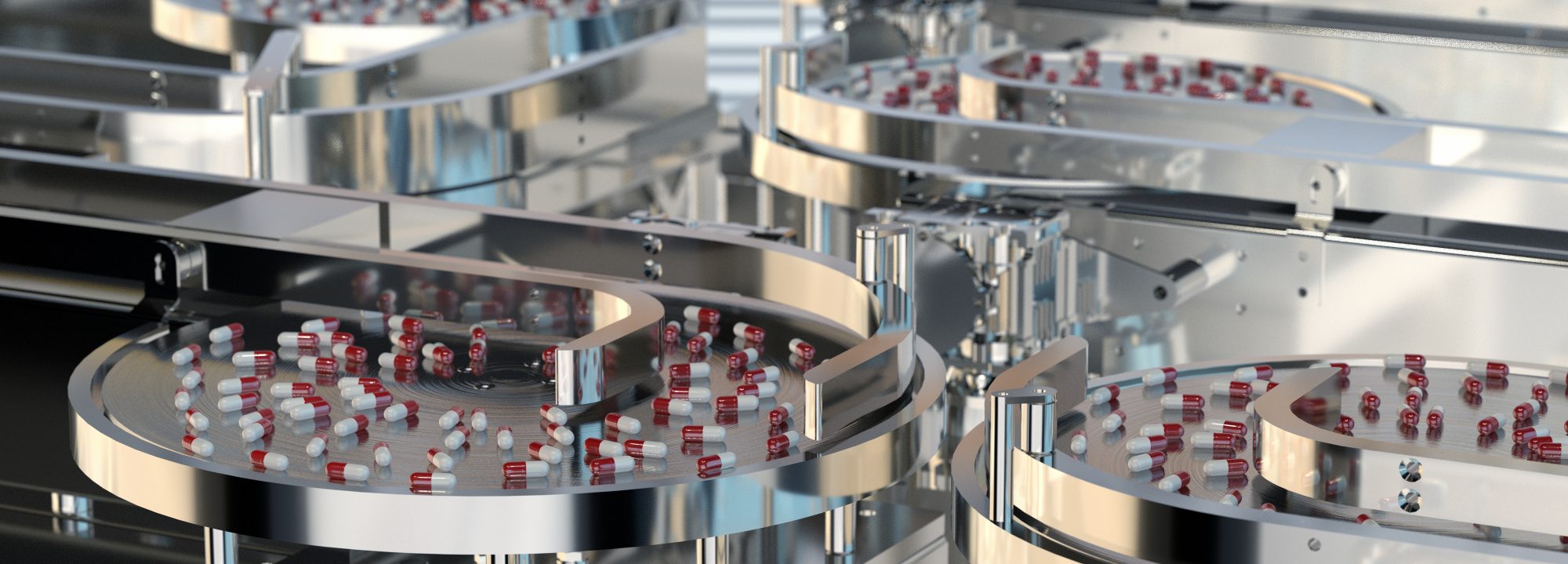All it takes is a quick Google search for the terms “carbon footprint and the pharmaceutical sector” to reveal some depressing reading. Results are led by a staggering piece of research from 2019 that states the global pharmaceutical industry is not only a significant contributor to global warming, but it also produces 13% more carbon emissions making medicines than car manufacturers do while assembling their vehicles – despite having a market that is 28% smaller.
For a sector that provides the medicines needed to keep people healthy, figures such as these which show the sector is actively harming the planet are shocking. However, we must remember that climate change is a threat to the future of humanity, with carbon dioxide emissions being the biggest contributor to a warming planet.
What are the actual advantages of reducing carbon footprint?
Global supply chains across multiple sectors produce large amounts of carbon, from CO2 created during manufacturing, through fossil fuels burned in transportation, to emissions from storage and distribution. However, many sectors – including the pharmaceutical sector to a certain extent – are starting to realize that reducing the carbon footprint provides a competitive market advantage in several ways. These include avoiding fines associated with excessive carbon emissions in the supply chain, reducing potential carbon taxes based on how much CO2 is produced, enhancing brands in the eyes of sustainably minded consumers and leads to efficiencies elsewhere in the supply chain.
Therefore, what can the global pharmaceutical sector do to improve its environmental, social, and corporate governance (ESG) credentials when it comes to reducing its carbon footprint? ESG issues are important because customers are increasingly rating such efforts as a major factor to consider when choosing a supplier. Such ESG efforts include managing environmental footprints and enhancing diversity – two key targets for companies across the globe.
Local production and sourcing
According to a McKinsey report on consumer packaged goods companies, more than 80 percent of the overall emissions come from getting a product from the source to the end customer as part of the supply chain. Of this, most CO2 emissions come because of electricity and heat, transport, and manufacturing.
While there is still an overwhelming reliance on geographies such as China to supply much of the globe’s medication, the COVID pandemic has seen this pattern starting to shift.
We are now seeing a move towards local production and sourcing through the repatriation of supply chains into Europe and the USA. This repatriation is a big deal for the future of the pharmaceutical sector. It signals confidence in the capabilities of Europe, resulting in ongoing investment into the continent. This will result in job creation and a renewed interest in the brand-name of Europe as a global center to produce essential pharmaceuticals.
It will also result in much tighter processes, less global transportation – by land, sea, or air – and have the positive overall effect of producing much less CO2 emissions.
Technology
The global COVID pandemic has resulted in more emphasis on the technology that sits behind many pharmaceutical processes, which, in turn, lowers CO2 emissions.
The installation of open and modern IT systems across the sector, especially in specific areas such as track-and-trace serialization, means there is a reduction in the amount of necessary cumbersome infrastructure. This immediately reduces the amount of CO2 being directly produced from this equipment, plus there is less need for technicians to travel to routinely repair and service it.
With the introduction of this technology comes the implementation of CO2-efficient processes on the shop floor, including predictive maintenance and better overall utilization of the specialist equipment.
Tracking carbon emissions across the supply chain
Once a more localized supply chain has been established, pharmaceutical companies should measure and track emissions data that will benefit multiple aspects of their business.
For example, by gaining a full overview of every single item of reusable packaging, drugs producers will theoretically be able to calculate the CO2 footprint per item, together with savings in packaging materials.
Expiry date tracking throughout the supply chain and dynamic expiry date calculations will also serve to reduce waste. As a result, there will also be fewer items being returned – with a corresponding reduction in the need to transport these returns, and less burning of all the fossil fuels this returns process usually demands.
And of course, one of the ultimate aims of track-and-trace is to reduce the volume and value of counterfeits. In addition to the biggest danger of all – potentially killing people and damaging the planet – the manufacture of fake products often breaches sustainable production and working conditions standards.
It is predicted that 10% of pharma products worldwide are counterfeit, with the global counterfeit drug market exceeding an eye-watering $75bn. Research further estimates that the death toll caused as a result could increase to 10 million people by 2050. Further estimates by the World Health Organization show that between 72,000 and 169,000 children may die from pneumonia every year after receiving counterfeit drugs, and that fake anti-malarial medication might be responsible for an additional 116,000 deaths.
Quite simply, by stamping out the forgers, we will help to reduce this shocking damage.
All this tracking data can then be stored in a centralized platform, allowing detailed analysis to take place, noting any changes over time.
ESG
All firms within the pharmaceutical sector should now be treating ESG as a cornerstone of their business.
The UN Charter on sustainable development is a clear example of moves established to ensure a safer and more responsible world that we can all enjoy. All firms should be familiar with its contents and should be doing all they can to adhere to them for any future collective battle against a global pandemic.
Conclusion
The pharmaceutical sector needs to address the amount of CO2 it produces.
Although most people don’t immediately picture it as an industry that belches waste chemicals and damages the world around us, it is causing significant damage to the planet – and this needs to change, quickly.
By taking swift action, the tables can start to be turned, and the overall pharmaceutical sector can start to be as proud of its ESG efforts as the life-saving products it produces.
Source: https://ispe.org/pharmaceutical-engineering/ispeak/how-can-pharmaceutical-sector-reduce-its-carbon-footprint

